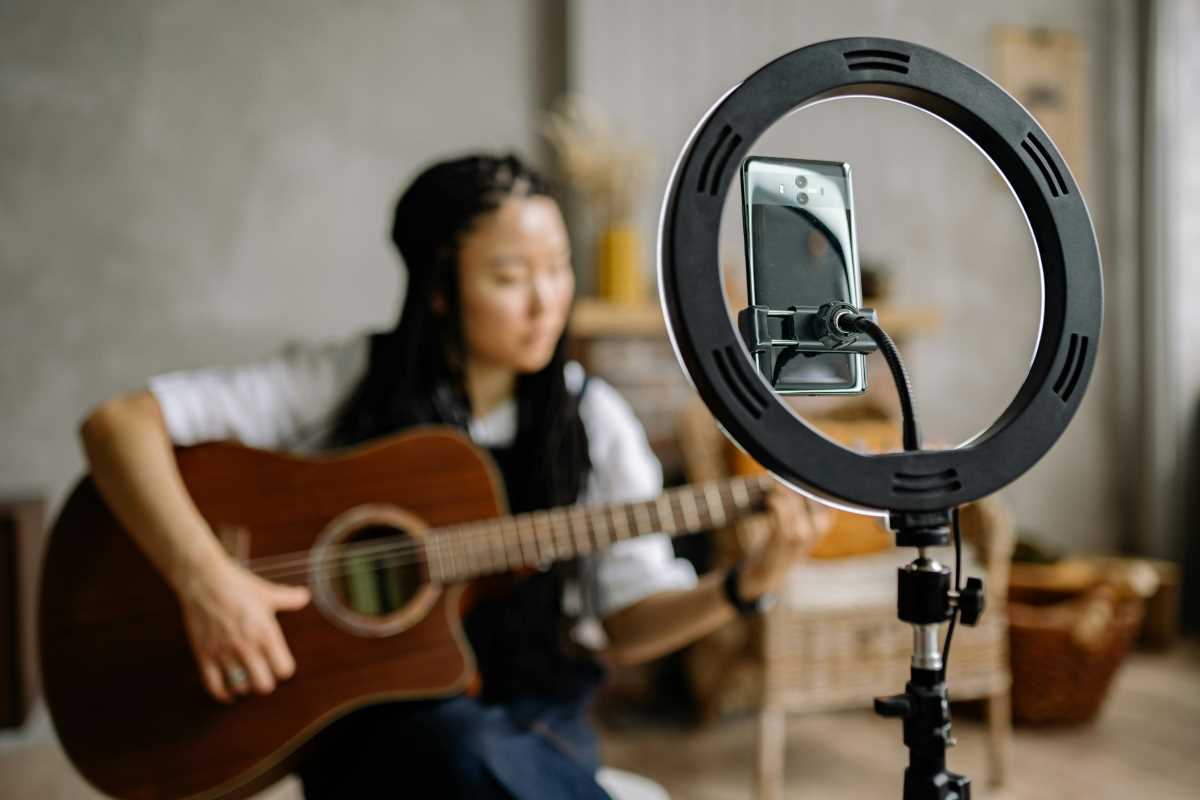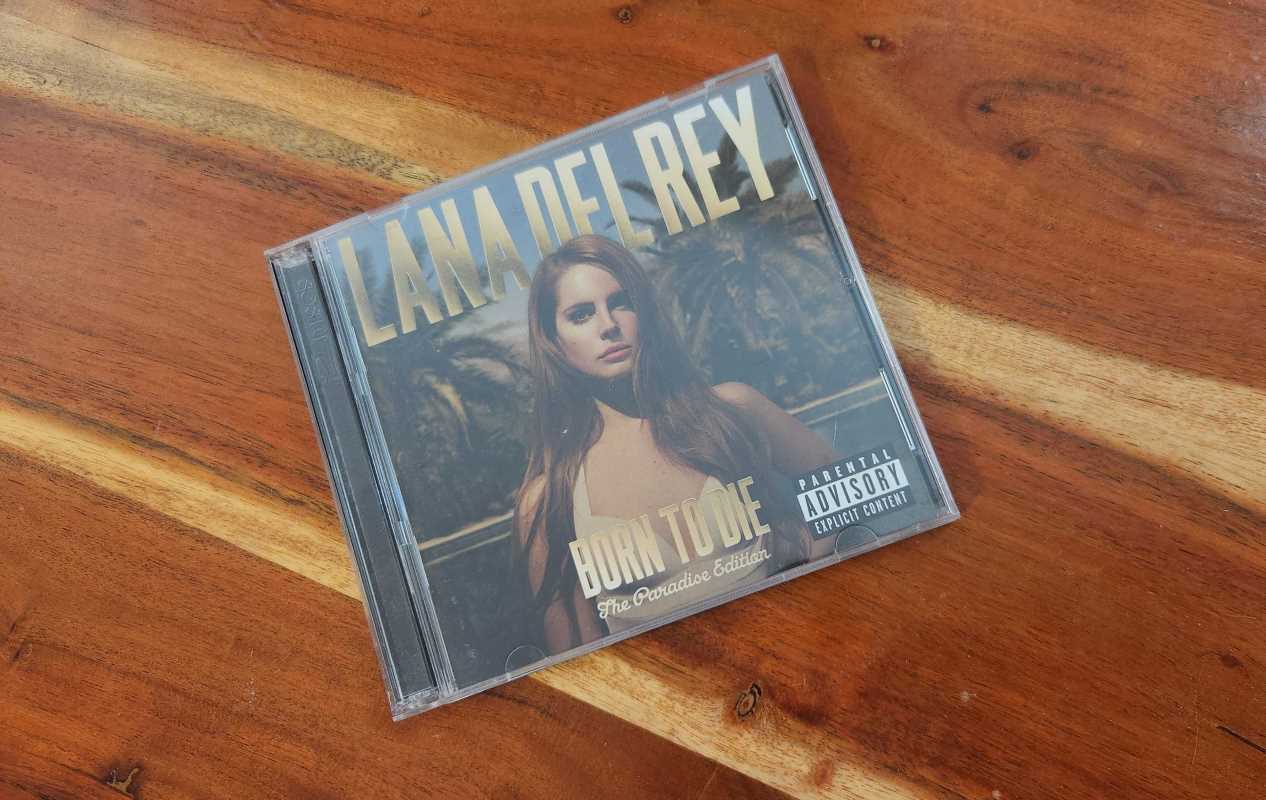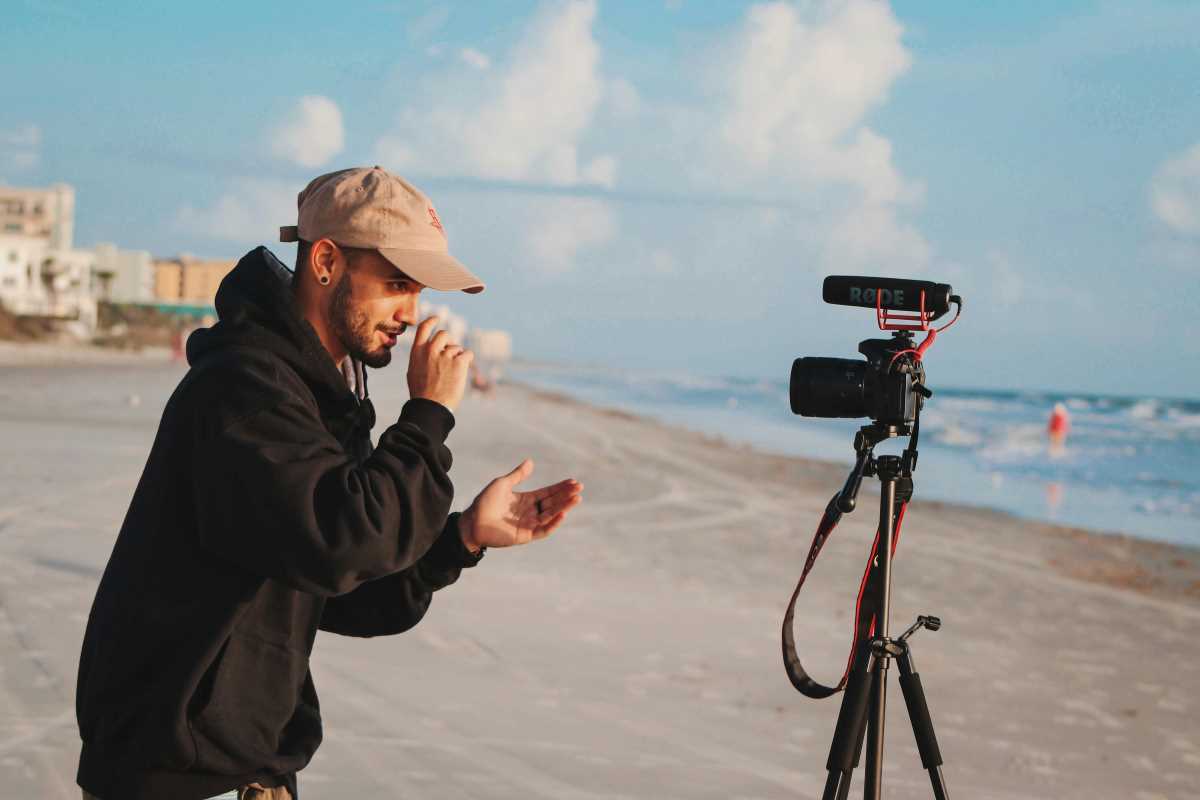Livestreaming provides a direct and unfiltered channel to an audience, offering an unparalleled opportunity for artists and performers to showcase their talent in real time. This medium facilitates an immediate connection, allowing for instant feedback and the cultivation of a dedicated community. A strategic approach to livestreaming is essential for leveraging its full potential, transforming a simple broadcast into a powerful performance and marketing instrument.
This guide provides a formal framework for utilizing livestreaming platforms to showcase your talent. It will examine the distinct ecosystems of TikTok, YouTube, and Twitch, and detail the procedures for engaging audiences and optimizing broadcasts for maximum professional impact.
I. Platform Selection: A Strategic Analysis
The choice of a primary livestreaming platform is a critical decision that must align with your artistic discipline, target demographic, and long-term professional objectives. Each platform possesses a unique culture and technical infrastructure.
A. TikTok LIVE
TikTok's algorithm is engineered for rapid discovery, making it an exceptional platform for reaching new audiences. Its user base is highly engaged and accustomed to short-form, authentic content.
- Unique Features: The defining characteristic of TikTok LIVE is its seamless integration with the "For You" page, which can propel a stream to a vast audience with little prior notice. The platform’s gifting system allows viewers to send virtual gifts, which can be converted into revenue, providing a direct monetization channel.
- Audience Engagement: Engagement is driven by high-energy, interactive content. Viewers expect direct acknowledgment, Q&A sessions, and participation in real-time challenges. The format is ideal for musicians performing song requests, dancers leading impromptu tutorials, or artists conducting quick-sketch sessions.
- Optimization: Success on TikTok LIVE requires a mobile-first approach. Vertical video is standard. Streams should be energetic from the outset to capture the attention of users scrolling through their feeds. Consistent, short, and frequent streams are often more effective than infrequent, long-form broadcasts.
B. YouTube Live
YouTube is the definitive platform for long-form video content and serves as a powerful archive for your work. Its audience often seeks more in-depth and polished presentations.
- Unique Features: YouTube Live offers robust production capabilities, including multi-camera setups and high-resolution streaming. Broadcasts are automatically archived on your channel, creating a permanent portfolio of your live performances. The "Super Chat" and "Super Stickers" features provide a clear monetization path during streams.
- Audience Engagement: The YouTube audience appreciates structured, high-quality content. A livestream can function as a virtual concert, a masterclass, or a detailed behind-the-scenes look at your creative process. Scheduling streams in advance and promoting them to your existing subscribers is standard procedure.
- Optimization: A horizontal video format is expected. Investing in high-quality audio and video equipment is essential to meet audience expectations. A clear title, detailed description, and relevant tags are necessary for search engine optimization, ensuring your stream is discoverable both live and as an archived video.
C. Twitch
Originally a platform for gaming, Twitch has evolved into a premier destination for a wide range of creative artists. Its community is built around loyalty and sustained engagement.
- Unique Features: Twitch's primary strength is its community-building toolkit. Features such as custom emotes, subscriber badges, and channel-specific alerts foster a deep sense of belonging among viewers. The subscription and "Bits" monetization models provide a predictable revenue stream for creators.
- Audience Engagement: Building a community on Twitch is a marathon, not a sprint. It requires a consistent streaming schedule and a commitment to long-form broadcasts. The culture is highly interactive, and viewers often expect to be part of an ongoing conversation. Successful creative streams often feel like a shared studio session.
- Optimization: High-quality production is standard. A consistent schedule (e.g., every Tuesday and Thursday evening) is critical for building a regular viewership. Engaging with your "chat" is the most important aspect of a Twitch stream; integrating chat alerts and using a dual-monitor setup to monitor conversation is a professional necessity.
II. Strategies for Audience Engagement and Growth
Beyond platform-specific tactics, several universal principles govern the art of a compelling livestream. The objective is to transform passive viewers into an active and invested community.
A. The Principle of Interaction
A livestream is a two-way conversation. Acknowledging viewers by name, responding to their comments in real time, and incorporating their suggestions into your performance are fundamental practices. This interaction validates the viewer's presence and encourages them to remain engaged.
B. Establishing a Consistent Schedule
Consistency is the bedrock of audience development in livestreaming. A predictable schedule allows viewers to incorporate your broadcasts into their regular routines. Promote your schedule across all social media channels and utilize platform-specific features, such as YouTube's "set reminder" button, to notify your audience of upcoming streams.
C. Creating Exclusive and Valuable Content
Your livestream should offer an experience that cannot be found in your pre-recorded content. This could include exclusive performances of unreleased material, in-depth tutorials on a specific technique, or intimate Q&A sessions. Providing this unique value incentivizes live attendance and fosters loyalty. Successful examples include artists who debut new songs exclusively on a livestream before the official release or designers who walk through their entire creative process for a specific piece.
 (Image via
(Image via





